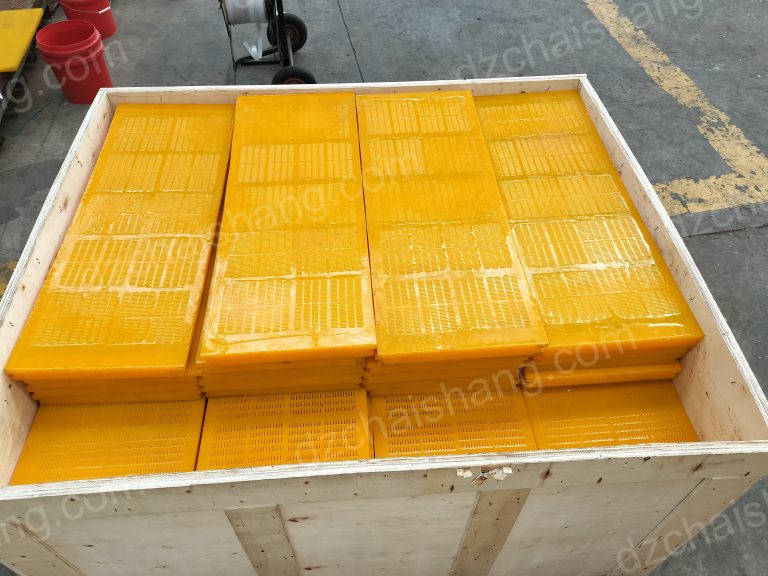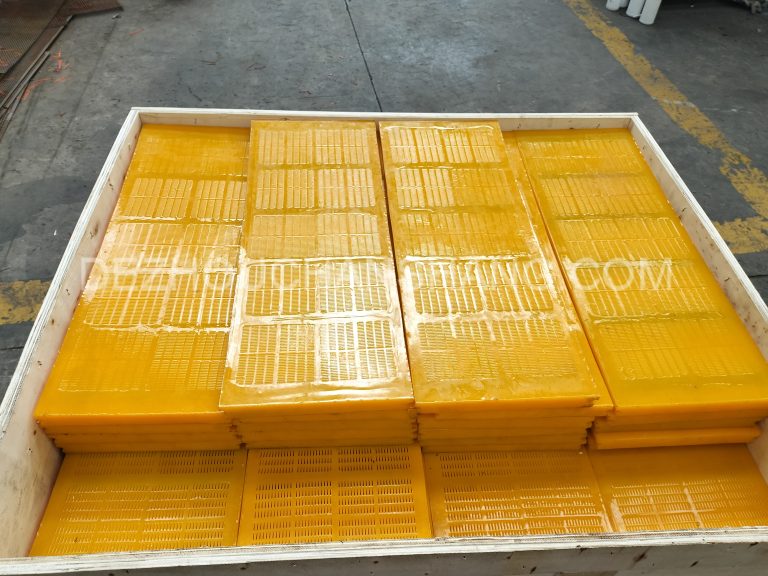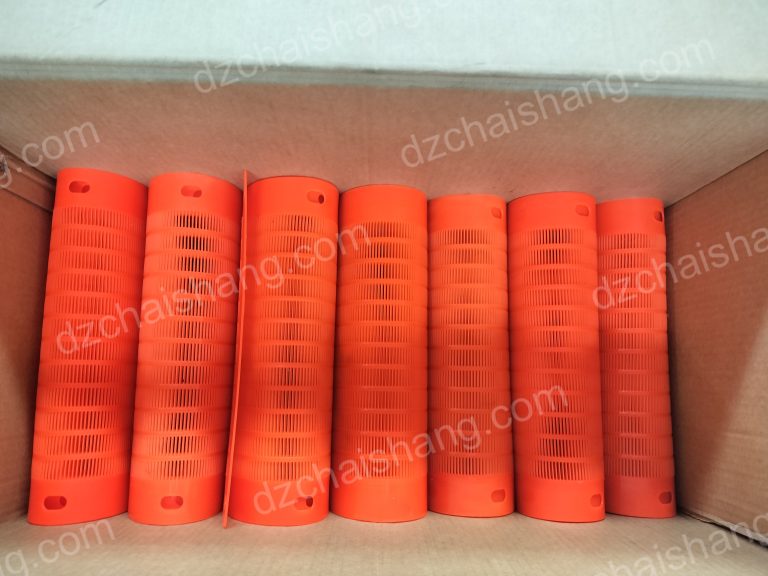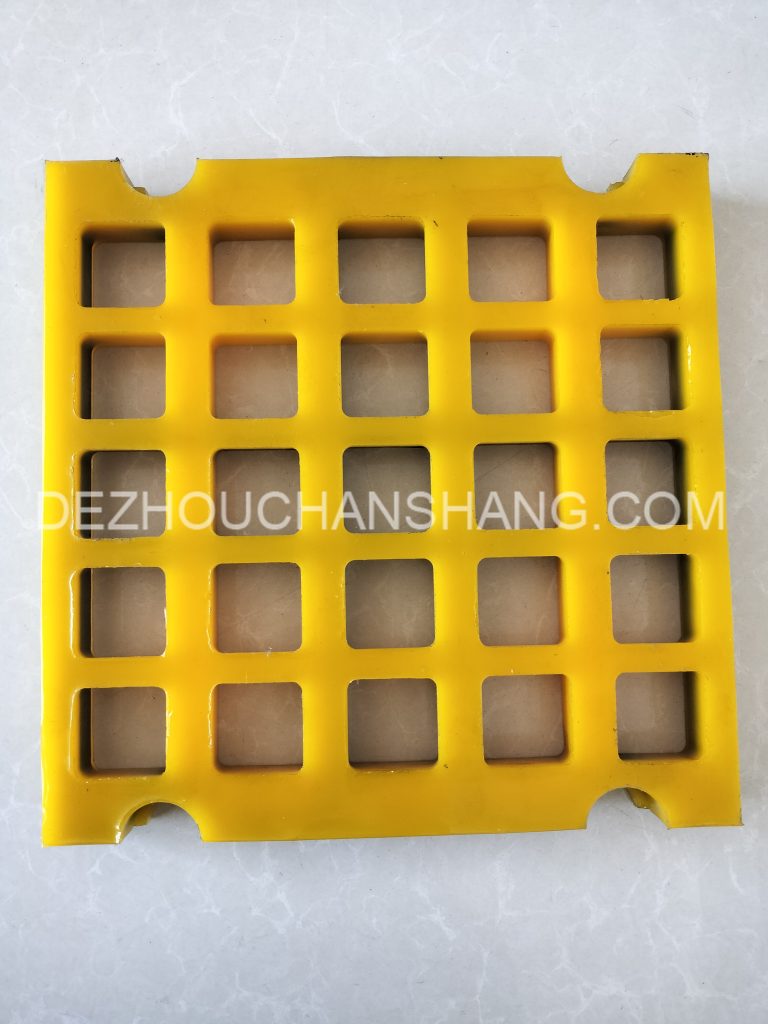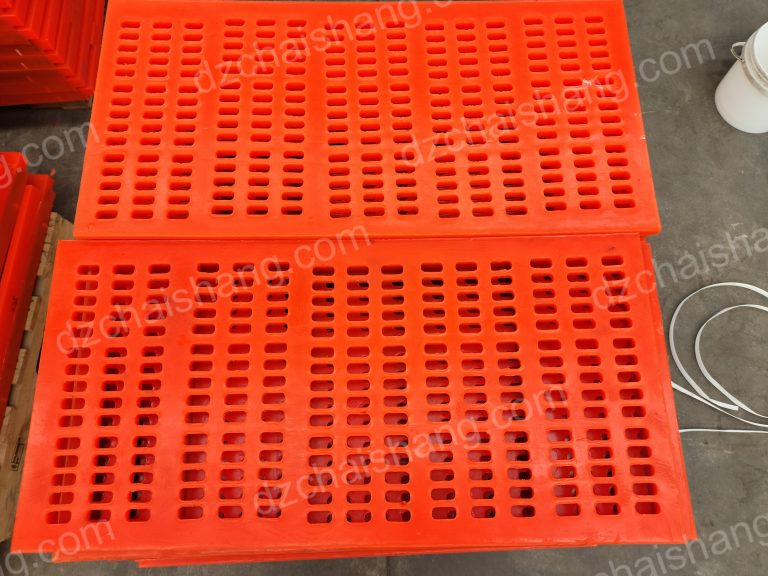Understanding the Basics: A Comprehensive Guide to polyurethane screen panels
Polyurethane screen panels are an essential component in various industries, including mining, quarrying, and recycling. These panels are renowned for their durability, efficiency, and versatility, making them a preferred choice for many professionals. This article aims to provide a comprehensive guide to understanding the basics of polyurethane screen panels, offering valuable insights and tips for their optimal use.
Polyurethane screen panels are made from a synthetic material known as polyurethane, which is a type of polymer composed of organic units joined by carbamate links. This material is highly resistant to wear and tear, abrasion, and high temperatures, making it ideal for heavy-duty applications. Moreover, polyurethane is flexible and can be molded into various shapes and sizes, allowing for the creation of custom screen panels that meet specific industry needs.
One of the key advantages of polyurethane screen panels is their high screening efficiency. These panels have a unique design that allows for excellent material flow and reduced blinding. The panels’ flexibility also contributes to their efficiency, as it enables them to vibrate in a way that promotes better particle separation. This results in a higher quality product and increased productivity.
In terms of installation, polyurethane screen panels are relatively easy to install and replace. They are typically designed with a modular system, which means that individual panels can be replaced without having to dismantle the entire screen. This not only saves time but also reduces maintenance costs. However, it’s crucial to ensure that the panels are correctly installed to prevent any operational issues.
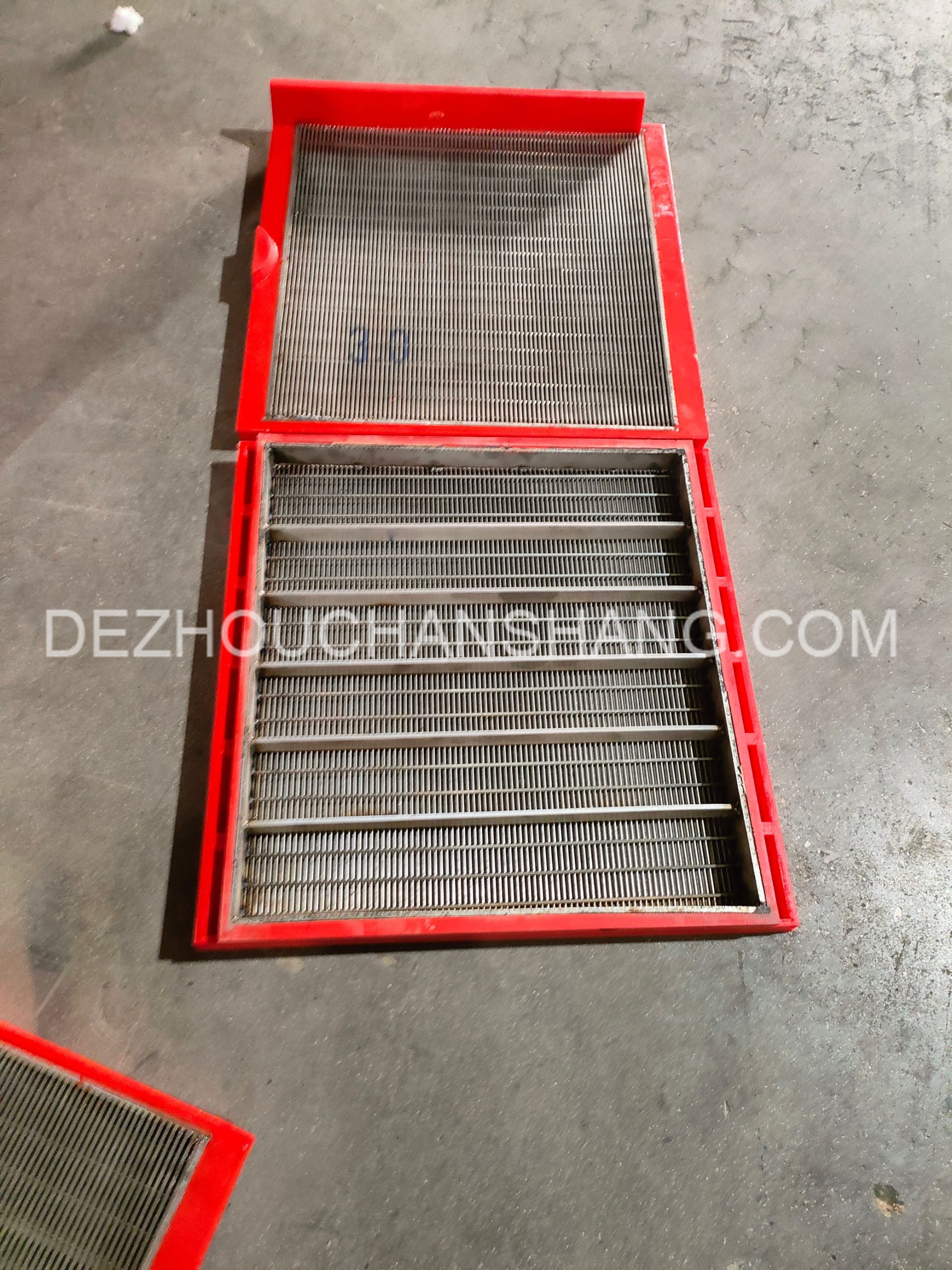
When it comes to maintenance, polyurethane screen panels require minimal upkeep. Their robust nature means they can withstand harsh conditions without significant damage. However, regular inspections are recommended to identify any signs of wear or damage early. If a panel is damaged, it should be replaced immediately to prevent further issues.
Despite their durability, polyurethane screen panels are not indestructible. They can be damaged by excessive loads or sharp objects, which can cause tears or holes in the panel. Therefore, it’s essential to monitor the load on the screen and ensure that the material being screened does not contain any sharp or oversized particles.
In terms of cost, polyurethane screen panels may initially seem more expensive than other types of screen panels, such as those made from wire mesh or rubber. However, when considering the panels’ lifespan and the reduced maintenance costs, polyurethane screen panels often prove to be a more cost-effective solution in the long run.
In conclusion, polyurethane screen panels offer numerous benefits, including high durability, efficiency, and versatility. They are easy to install and require minimal maintenance, making them a practical choice for various industries. However, it’s important to use these panels correctly and conduct regular inspections to ensure their optimal performance. By understanding the basics of polyurethane screen panels, professionals can make informed decisions and maximize the benefits of these essential components.
Top Tips for Maintaining and Maximizing the Efficiency of Polyurethane Screen Panels
Polyurethane screen panels are a crucial component in many industrial processes, particularly in mining and aggregate operations. These panels are renowned for their durability, flexibility, and ability to withstand harsh conditions. However, to ensure their longevity and maintain optimal performance, it is essential to follow certain maintenance and efficiency-maximizing guidelines.
Firstly, it is important to understand that the lifespan of polyurethane screen panels is largely dependent on the type of material they are screening. For instance, screening abrasive materials can cause the panels to wear out faster. Therefore, it is advisable to select a panel with a hardness level suitable for the specific application. This will not only enhance the panel’s durability but also its efficiency.
Regular inspection of the polyurethane screen panels is another crucial maintenance tip. Over time, the panels may develop cracks, tears, or holes due to constant exposure to heavy loads and abrasive materials. These defects can significantly reduce the screening efficiency and lead to the loss of valuable materials. Therefore, it is recommended to inspect the panels regularly and replace any damaged ones promptly.
In addition to regular inspections, it is also important to clean the polyurethane screen panels regularly. Over time, fine particles can accumulate in the screen apertures, reducing the screening efficiency. Regular cleaning helps to remove these particles and maintain the panel’s optimal performance. However, it is important to use non-abrasive cleaning methods to avoid damaging the panels.
Another tip for maximizing the efficiency of polyurethane screen panels is to ensure proper installation. Incorrectly installed panels can lead to a variety of problems, including reduced screening efficiency, premature wear, and even panel failure. Therefore, it is crucial to follow the manufacturer’s installation guidelines closely. This includes ensuring that the panels are securely fastened and that there is adequate tension to prevent sagging.
The operating conditions can also significantly impact the efficiency and lifespan of polyurethane screen panels. For instance, operating the panels at excessively high or low temperatures can cause them to degrade faster. Similarly, exposing the panels to corrosive substances can also reduce their lifespan. Therefore, it is advisable to operate the panels within the manufacturer’s recommended temperature range and avoid exposing them to corrosive substances.
Lastly, it is important to consider the panel’s design when trying to maximize its efficiency. For instance, panels with larger apertures can handle larger volumes of material, but they may not be as effective at screening smaller particles. On the other hand, panels with smaller apertures can screen smaller particles more effectively, but they may not be able to handle larger volumes of material. Therefore, it is important to select a panel design that is suitable for the specific application.
In conclusion, maintaining and maximizing the efficiency of polyurethane screen panels involves a combination of proper selection, regular inspection and cleaning, correct installation, and operation within the recommended conditions. By following these guidelines, users can ensure that their polyurethane screen panels deliver optimal performance and longevity.

